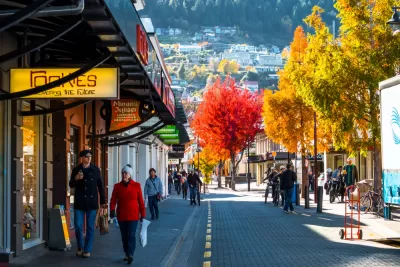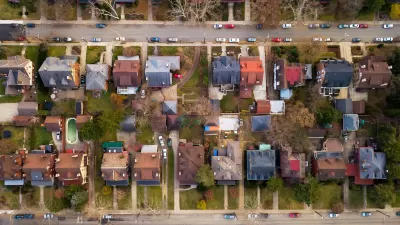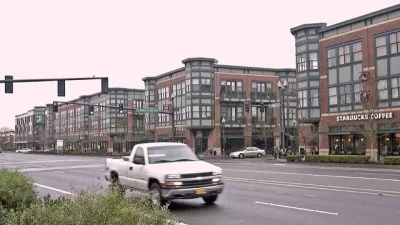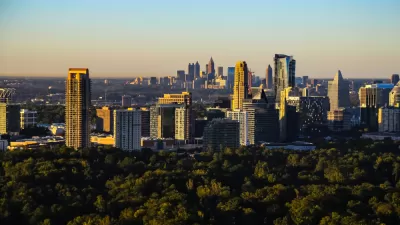The island nation is mandating mid-density zoning requirements and transit-oriented development in an effort to increase housing affordability and encourage compact development.

Responding to the rise in housing costs that has affected even remote corners of the world, New Zealand recently passed "sweeping zoning reform legislation" that encourages mid-density housing development. As Ryan Greenaway-McGrevy writes, these reforms provide some valuable lessons for other countries.
For decades, New Zealand's housing policy essentially omitted middle-density, multi-unit housing types like rowhouses or mid-rise apartment buildings, favoring single-family homes and high-rise apartment buildings in limited urban areas. But now, with significant population growth raising demand for the country's limited housing, lawmakers from across the political spectrum are seeking ways to slow the growth of housing costs. In addition to the new Medium Density Residential Standard, policies include "a capital gains tax targeted at housing speculation, a ban on foreign investment in residential housing, fast-tracked inclusive housing developments, and state-subsidized housing development projects." In 2020, as part of its National Policy Statement on Urban Development, the government mandated higher-density development near transit lines.
Kiwis saw success with upzoning policies in Auckland, where the city's Auckland Unitary Plan (AUP) led to a sharp increase in permits for attached housing and more development in the city's inner suburbs. But although New Zealand's policy experiments show promising results in stimulating construction, it remains to be seen whether increased affordability will follow suit, and how long it will take for supply to meet demand.
FULL STORY: New Zealand’s bipartisan housing reforms offer a model to other countries

Manufactured Crisis: Losing the Nation’s Largest Source of Unsubsidized Affordable Housing
Manufactured housing communities have long been an affordable housing option for millions of people living in the U.S., but that affordability is disappearing rapidly. How did we get here?

Americans May Be Stuck — But Why?
Americans are moving a lot less than they once did, and that is a problem. While Yoni Applebaum, in his highly-publicized article Stuck, gets the reasons badly wrong, it's still important to ask: why are we moving so much less than before?

Using Old Oil and Gas Wells for Green Energy Storage
Penn State researchers have found that repurposing abandoned oil and gas wells for geothermal-assisted compressed-air energy storage can boost efficiency, reduce environmental risks, and support clean energy and job transitions.

Greening Oakland’s School Grounds
With help from community partners like the Trust for Public Land, Oakland Unified School District is turning barren, asphalt-covered schoolyards into vibrant, green spaces that support outdoor learning, play, and student well-being.

California Governor Suspends CEQA Reviews for Utilities in Fire Areas
Utility restoration efforts in areas affected by the January wildfires in Los Angeles will be exempt from environmental regulations to speed up the rebuilding of essential infrastructure.

Native American Communities Prepare to Lead on Environmental Stewardship
In the face of federal threats to public lands and conservation efforts, indigenous groups continue to model nature-centered conservation efforts.
Urban Design for Planners 1: Software Tools
This six-course series explores essential urban design concepts using open source software and equips planners with the tools they need to participate fully in the urban design process.
Planning for Universal Design
Learn the tools for implementing Universal Design in planning regulations.
Heyer Gruel & Associates PA
City of Moreno Valley
Institute for Housing and Urban Development Studies (IHS)
City of Grandview
Harvard GSD Executive Education
Salt Lake City
NYU Wagner Graduate School of Public Service
City of Cambridge, Maryland





























